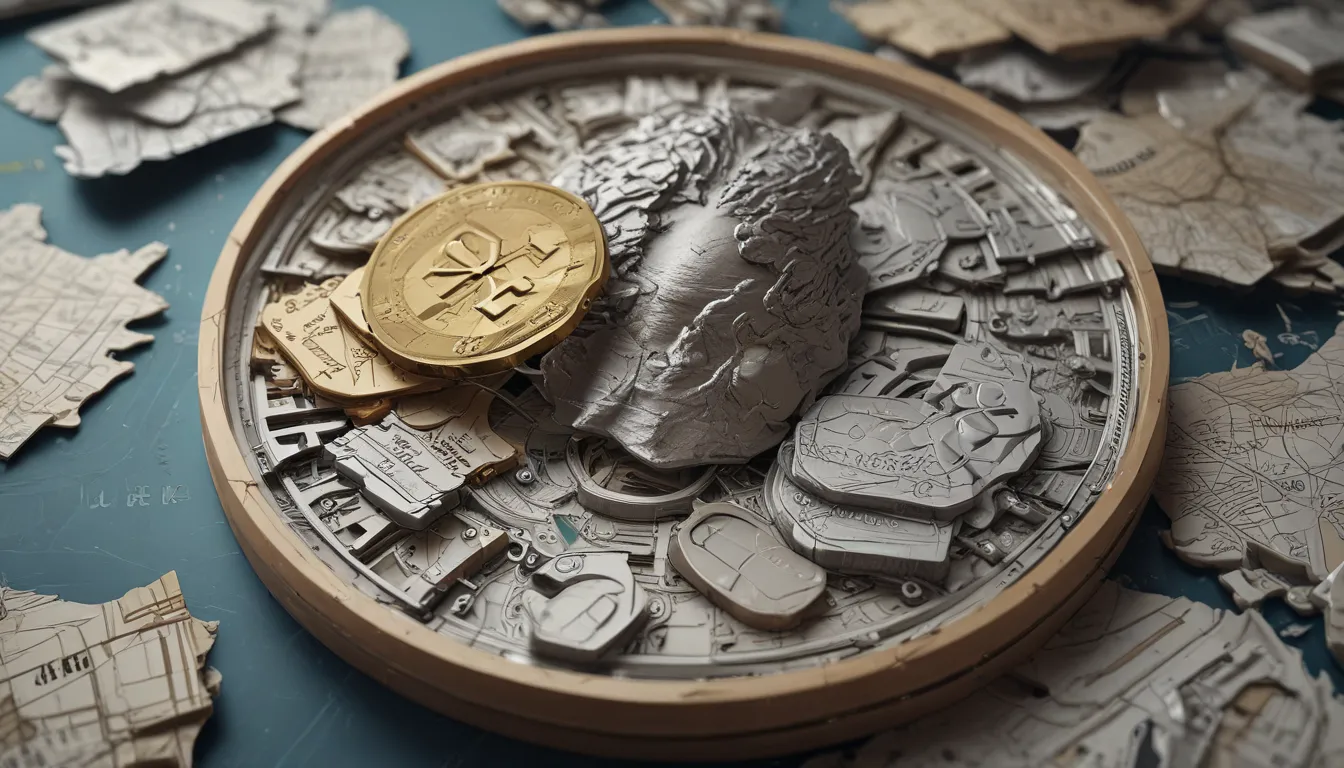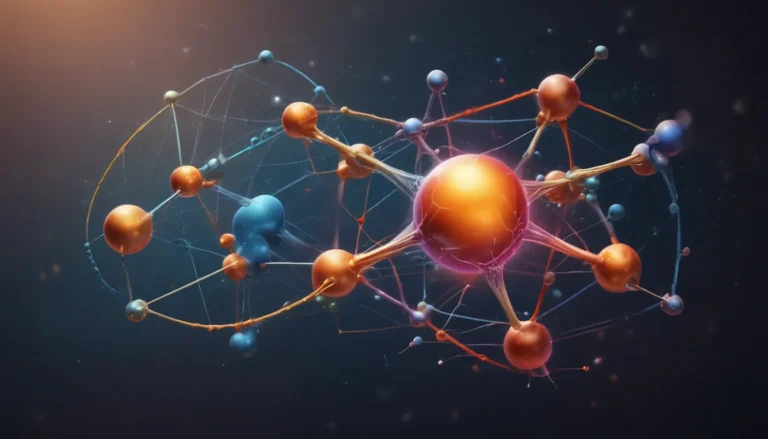A Note About Images: The images used in our articles are for illustration purposes only and may not exactly match the content. They are meant to engage readers, but the text should be relied upon for accurate information.
Welcome to the captivating world of europium, a rare earth element with unique properties that have sparked the interest of scientists and enthusiasts alike. Join us as we delve into 20 fun and fascinating facts about europium, exploring its discovery, characteristics, applications, and more. From its essential role in creating vibrant colors in television screens to its presence in cutting-edge technologies like quantum computing, europium continues to impress with its versatility and importance. Let’s unravel the allure of europium and uncover the remarkable aspects that make it stand out in the periodic table.
Key Takeaways
- Europium, named after Europe, is a rare earth element with unique properties and diverse applications, from Euro banknotes to cancer treatment research.
- Its luminescent and superconducting properties make it essential in technology and scientific research, paving the way for innovation and advancement.
Europa’s Fascinating History
Discover the intriguing origins of europium as we explore its history and significance in the scientific world.
Europium earned its name from the continent of Europe, where it was first discovered in 1901 by French chemist Eugène-Anatole Demarçay. This rare earth element quickly made a name for itself, becoming a crucial component in various industries and technologies.
The Rare and Exceptional Europium
Learn about the unique properties and uses that set europium apart as a rare earth element like no other.
- Europium is a silver-colored metal found in rare earth minerals, known for its stability and ability to ignite spontaneously.
- Its symbol, Eu, and atomic number 63 signify its soft, ductile nature and moderate reactivity, making it a valuable element in various applications.
The Luminescent Marvel: Europium in Action
Explore the luminous side of europium as we delve into its role in creating vibrant colors and fluorescence.
- Essential for red and blue phosphors, europium compounds bring life to color television tubes and energy-efficient lamps.
- When excited by ultraviolet light, europium emits a bright red fluorescence, making it a key player in fluorescent lamps and television screens.
From Superconductors to Medical Marvels
Uncover the diverse applications of europium, from superconductors to potential cancer treatments.
- Europium’s superconducting properties at low temperatures open doors for technological advancements, especially in quantum computing.
- Studies show promise in using europium isotopes for cancer therapy, highlighting its potential in the field of oncology.
Europium’s Earthly Presence
Learn about europium’s abundance in the Earth’s crust and its role in scientific exploration.
- Despite being relatively abundant, europium is not found in its pure form due to its reactivity, commonly obtained from bastnäsite and monazite ores.
- Its large magnetic moment contributes to the production of strong permanent magnets used in electronic devices and MRI machines.
A Bright Future for Europium
Discover the future possibilities of europium in fields like quantum computing and solar energy.
- Europium’s quantum properties make it a candidate for quantum cryptography and computing technologies.
- Researchers are exploring europium-doped materials to enhance the efficiency of solar cells, paving the way for more effective solar energy solutions.
Conclusion: Europium, a Versatile Marvel
Europium’s journey from scientific discovery to technological innovation has been nothing short of remarkable. Its unique properties and uses continue to inspire research and development in various industries, promising a bright future filled with exciting possibilities. As we unravel the mysteries of europium, its significance in modern technology and scientific exploration becomes ever more apparent. Join us in celebrating the multifaceted nature of europium as we look forward to the endless possibilities it holds in shaping our future.
FAQs: Unveiling Europium’s Secrets
-
What are the common uses of europium?
Europium is commonly used in the production of red and blue phosphors for electronic displays, as well as in the manufacturing of fluorescent lamps and TV screens. -
Is europium a rare element?
Yes, europium is considered a rare earth element and is relatively scarce in the Earth’s crust compared to more abundant elements. -
What gives europium its unique fluorescence?
Europium exhibits fluorescence due to its ability to absorb and emit specific wavelengths of light, particularly in the presence of UV light. -
How is europium utilized in the security features of Euro banknotes?
Europium is incorporated into the security threads of Euro banknotes, contributing to their anti-counterfeiting measures through its distinctive luminescent properties. -
What are the potential future applications of europium?
Europium holds promise for various technological advancements, including in the fields of medical imaging, nuclear energy, and quantum computing, among others.
Explore and Learn with Us
Our commitment to delivering trustworthy and engaging content ensures that each fact on our site is contributed by real users like you, bringing a wealth of diverse insights and information. Trust in our dedication to quality and authenticity as you explore the captivating world of europium and uncover its hidden secrets. Join us on this journey of discovery and learning as we unravel the mysteries of one of the most fascinating elements in the periodic table.






